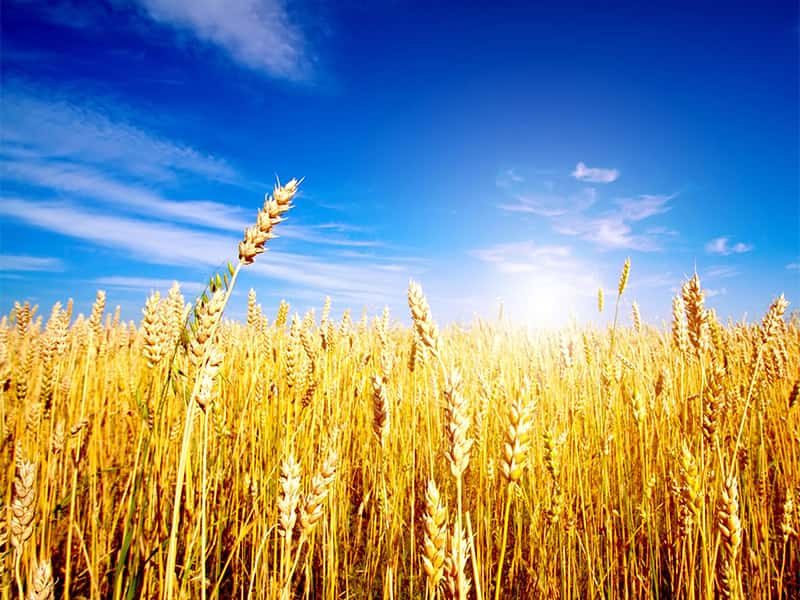
Mycotoxins are unavoidable, natural food contaminants which are produced by fungi growing on agricultural crops. More than 300 different mycotoxins have been identified, some of which can be toxic to animals and humans.
When crops become infected with mycotoxin-produced fungi, they produce compounds known as masked mycotoxins. Rowett research from Dr Silvia Gratz and her laboratory demonstrated that these masked mycotoxins can reach the human colon but are released as mycotoxins by the microbiota . However, it is not known how the toxicity of mycotoxins absorbed through the colon wall can affect human health.
To help raise awareness a stakeholder workshop was organised by the Rowett Institute and Food Standards Scotland to discuss the potential risks of mycotoxin contamination within Scottish cereal production. With a particular focus on oat production, the meeting highlighted difficulties that may be encountered in the supply chain as testing will be required and potential non-compliance has to be anticipated.
Would you like to read more? Our full blog was originally posted here
This work was conducted by Dr Silvia Gratz
Research funded by the Scottish Government as part of the Strategic Research Programme
